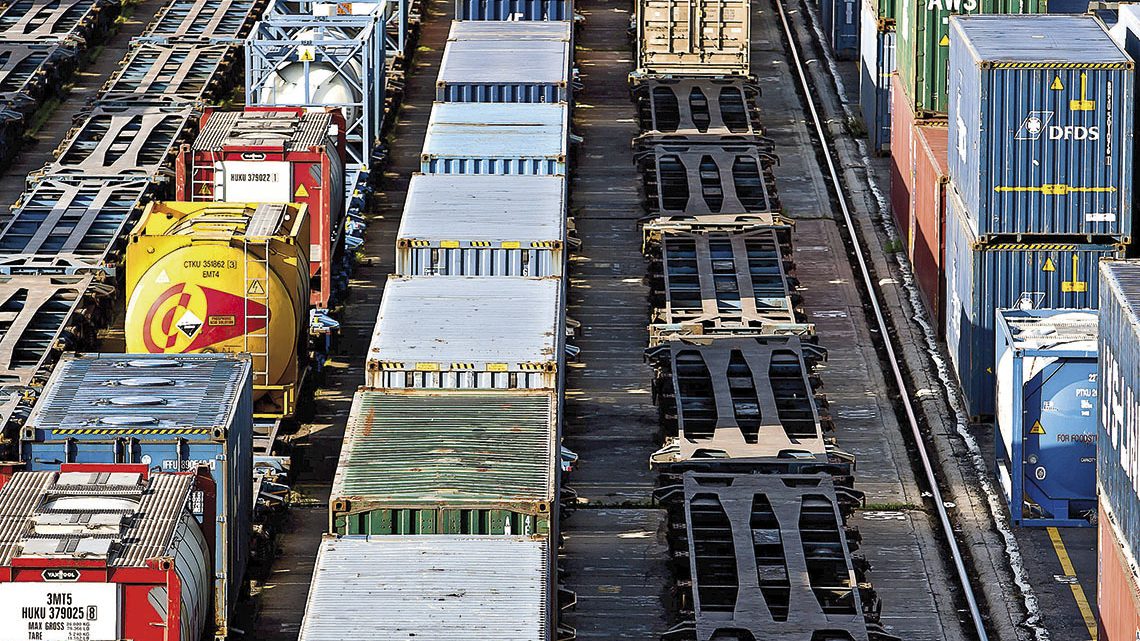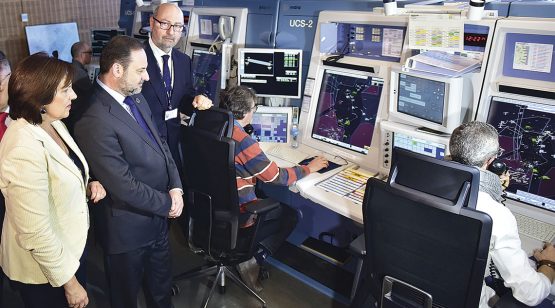When you feed your pet, buy a bouquet of fresh flowers, dress a salad or fill up your vehicle, you are at the end of a long chain that could have begun far away. Some products –certainly those such as flowers– will have arrived from their place of origin by air; others, such as salt, animal feed or fuel, may have arrived by sea, road or rail.
But in all cases, in order to satisfy the needs of the end consumer, these products need to travel through the supply chain in the best conditions of safety and quality, and in the shortest time possible. The World Trade Organization emphasizes that logistics is particularly crucial “for the electronics and pharmaceutical sectors, fashion garments and motor vehicles, where time is an important factor.”
The logistics chain covers various economic sectors and all stages of production and distribution, from the supply of raw material to the arrival of the finished product to the end consumer. In this complex network land, sea and air transport infrastructure is especially important, and they must also be interconnected as efficiently as possible. This is the function of transport centres, the hubs of the supply chain: they receive large volumes of goods and are modal interchange points, where the cargo goes from one mode of transport to another, from one phase of the supply chain to another; for example, bulk cargo is packaged, if it is solid, or distributed in trucks or tankers if it is liquid.
Located at road and rail nodes, airports and ports, logistics facilities can provide different services, depending on the type of centre in question: from simple modal interchange to services for the storage, distribution and consolidation of goods (bringing together cargo from different suppliers that has the same destination reduces costs), sanitary control and customs, labelling, packaging, parking, administrative management, electronic traceability, procedures and permits, etc.
In order for the transport chain to flow, and keep logistics costs –which according to the World Trade Organization can account for 20% of the total cost of production in the countries of the OECD– from going through the roof, logistics areas and terminals must have sufficient capacity to meet the demand and be strategically situated in the territory, as well as correctly dimensioned and managed. Since these are large and complex facilities, they require major investment to build them or to expand existing ones.
But this is only the first step: the key is to determine whether they will be profitable in the long term, which requires the rigorous analysis of all foreseeable costs, expenses and revenue. To do this, several factors must be taken into account, such as estimated traffic, land prices and financial formulas, among other things, which will reveal whether the project will be profitable or not. Hence the relevance of this type of study, covering operational, technical, economic and financial aspects, as a basic decision-making tool for project developers, both public and private.
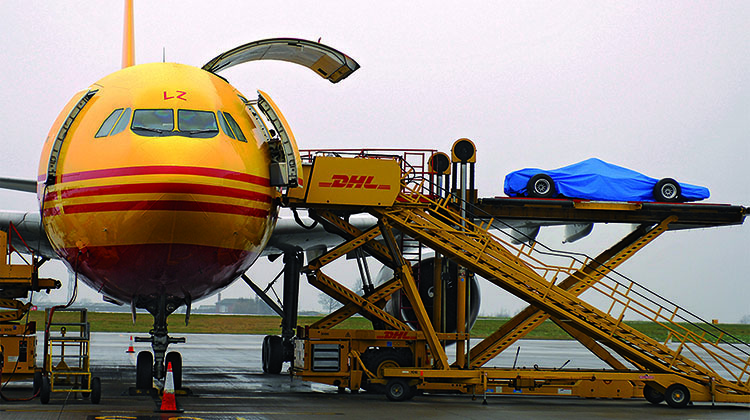

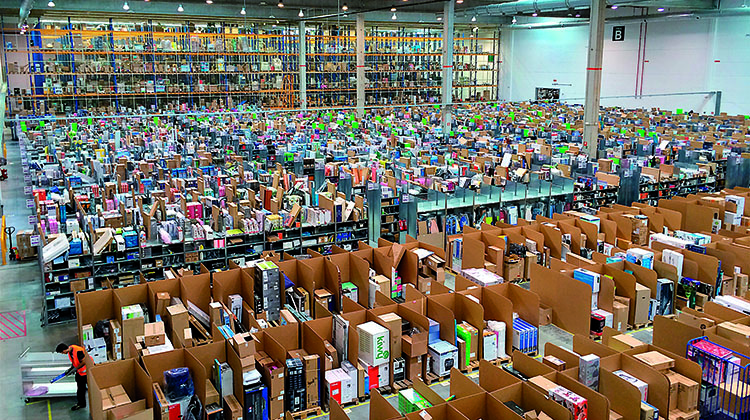
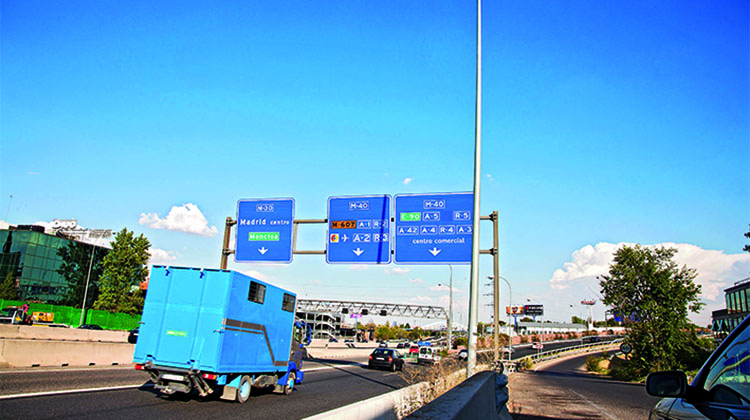
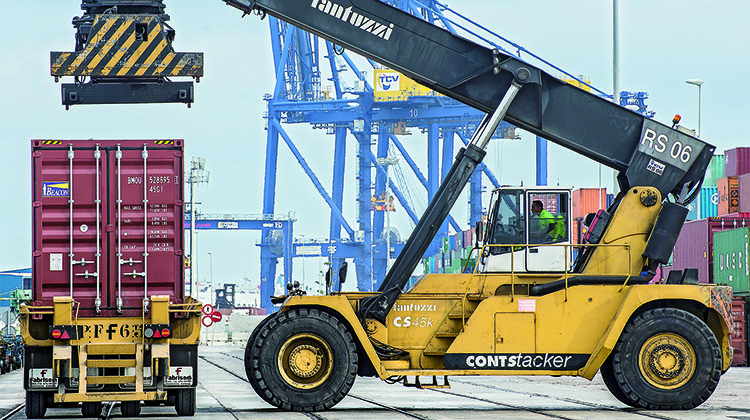
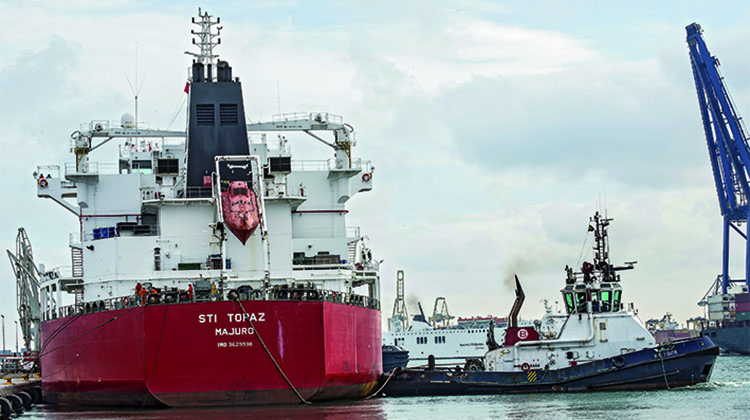
Ineco’s experience
Since the 1990s, Ineco has performed a multitude of feasibility studies, both inside and outside Spain, for all types of transport infrastructure projects related to goods, both new construction and expansions and renovations, including multimodal corridors, business parks, industrial areas and logistics terminals.
The latter include the projects carried out in recent years for the Spanish Ministry of Public Works and several Regional Governments, such as the Basque Country, Andalusia, Asturias and Castilla-La Mancha, planning the construction of several logistics areas in their territories.
Also in Spain, in 2010 Ineco carried out a feasibility study for the new business park of the Foronda Airport (Vitoria) in the Basque Country, which specializes in air freight, and before that, several projects related to the intermodal logistics platform in Zaragoza (PLAZA) that connects air, land and rail transport. Between 2011 and 2012, on behalf of the Ministry of Public Works, the company analysed the rail connections of the Spanish ports, the existing traffic and the improvements that were required.
Overseas, Ineco is currently performing the feasibility study of the future logistics platform ‘Zona ILCO’ in the region of Santo Domingo de los Tsáchilas in Ecuador. Furthermore, in 2012, on behalf of the Ecuadorian Government, it concluded the 2013-2037 Strategic Mobility Plan, analysing all of the country’s transport infrastructure from the intermodal point of view, and proposing, among other possibilities, the construction of new ports and the extension of a landlord management model similar to the one implemented in Spain were included (see IT48).
In 2012, the company carried out an economic and financial study in Colombia to determine the profitability of adapting the Santiago Vila Airport, in the city of Flandes (Tolima), for international air freight (see IT49). In Medellín, in 2010, Ineco concluded a technical, legal and financial study to determine the feasibility of the reopening of the old railway line of Valle de Aburrá and adapting it for the transportation of passengers, goods and solid urban waste.
In Latin America it also carried out a feasibility study of the Corinto–Monkey Point Multimodal Railway Corridor, Nicaragua (2013), which included the preliminary designs and alignment of two rail port terminals and a multi-modal terminal near the capital, Managua. Other recent international work includes the 2012 project for the Public Authority for Industry (PAI), of Kuwait (see IT48): the company carried out the conceptual design and provided comprehensive advice for the tendering process for the project and work on a new 5,000 m2 industrial area to the southeast of the capital.
E-commerce, the next big logistical challenge
logistics centres in Spain
-
- Road transport centres: these have a logistics department and a department for providing services for people and vehicles, administrative centres for transport companies and freight contracting centres. In Spain there are 80, including the Transport Centre of Gijón, the Transport City of Navarra and the Transport City of Santander. In most cases, these are managed by a single administrative board and private partners.
The type of freight transported by road is heterogeneous, covering both raw materials, as well as finished, bulk or packaged products.
According to statistics from the Ministry of Public Works, in 2016 the largest volume of goods transported by road in Spain corresponded to raw or processed minerals and construction materials (417 million tonnes), followed by food and fodder (245), machinery, vehicles, and other manufactured items (251), agricultural products and live animals (158, a figure similar to the ‘other goods’ item), and petroleum products, 57. In total, nearly 1.3 billion tonnes.
- Road transport centres: these have a logistics department and a department for providing services for people and vehicles, administrative centres for transport companies and freight contracting centres. In Spain there are 80, including the Transport Centre of Gijón, the Transport City of Navarra and the Transport City of Santander. In most cases, these are managed by a single administrative board and private partners.
-
- Rail freight terminals: Madrid-Abroñigal, León Mercancías and Zaragoza-Plaza. State-owned to date, in most cases, the Spanish rail infrastructure administrator, Adif, assumes both the management and the provision of services to business users.
In Spain, rail is used mainly to transport steel products and materials (coils, steel, rails, pipes, etc.), wood, paper, solid bulk (coal, cement, cereals) and liquid bulk (fuels, chemical products), containerized cargo and automobiles. However, its share in the freight transport sector is very small (around 2% of the tonnage) and less than the European average. In total, in 2016, more than 28.5 million tonnes of goods were transported by rail, virtually all within Spain. Intermodal traffic accounted for nearly nine million tonnes.
- Rail freight terminals: Madrid-Abroñigal, León Mercancías and Zaragoza-Plaza. State-owned to date, in most cases, the Spanish rail infrastructure administrator, Adif, assumes both the management and the provision of services to business users.
-
- Port logistics centres: As a peninsula, Spain is the European country with the longest coastline (more 7,800 kilometres) and has 46 ports, governed by 28 port authorities coordinated by the public body Puertos del Estado. 58% of exports and 74% of imports pass through these ports, arriving and departing for distribution by road (93%) or rail. Port activity accounts for 1.1% of Spanish GDP, generating more than 35,000 direct jobs, and a further 110,000 indirect jobs.
It is managed under a landlord model: the public sector is the owner of the infrastructure, which it cedes to the private sector, which acquires and maintains the superstructure and deals with port operations and the employment of labour.
In 2016, according to the Ministry of Public Works, Spanish ports exceeded their all-time record, handling 507.7 million tonnes of freight, more than half of which was solid bulk (cement, coal, grain, minerals, etc.) or liquids, the most important being oil, and the rest, general goods, most of which is carried in containers, which, also in line with world trends, reached a record of almost 15 million TEUs. Containerization of cargo saves space and facilitates modal interchange, since the different transport modes and systems are adapted to the standard sizes of the containers.
The port logistic facilities include the rail port terminals, which connect to the railway network. These include the terminal in Spain’s largest port in terms of volume of goods, Algeciras, and others in Alicante, Valencia or Barcelona. The type of management is generally established by an agreement between the different port authorities and the railway manager.
On the other hand, the Logistics Activity Zones (LAZ) are linked to sea ports and are dedicated to the storage distribution of goods and other value-added services. These usually have complex management models involving various public and private agents. Of particular interest are the LAZs in Algeciras, Valencia and Barcelona.
- Port logistics centres: As a peninsula, Spain is the European country with the longest coastline (more 7,800 kilometres) and has 46 ports, governed by 28 port authorities coordinated by the public body Puertos del Estado. 58% of exports and 74% of imports pass through these ports, arriving and departing for distribution by road (93%) or rail. Port activity accounts for 1.1% of Spanish GDP, generating more than 35,000 direct jobs, and a further 110,000 indirect jobs.
-
- Dry ports: intermodal freight terminals are located inland and are connected to one or more ports by the railway network. They offer the possibility of conducting customs controls on goods upon arrival at the facility, rather than at the seaport, which speeds up operation. They mainly move containerized cargo.
The main Spanish dry ports are Azuqueca de Henares, in Guadalajara; the Dry Port of Coslada, in Madrid, which connects by railway to the ports of Valencia, Algeciras, Barcelona and Bilbao, and the Sea Terminal of Zaragoza. Several agents are involved in their management, both public, such as the port authorities, and private.
- Dry ports: intermodal freight terminals are located inland and are connected to one or more ports by the railway network. They offer the possibility of conducting customs controls on goods upon arrival at the facility, rather than at the seaport, which speeds up operation. They mainly move containerized cargo.
- Air freight centres: these are industrial and service zones located around major airports. Depending on their size, they can have multiple terminals, where different companies from the aeronautical and other sectors can operate. They often have business centres and other services. These are currently managed by Aena, the state airport operator.
The goods that are transported by air are very specific, and are characterised by their low volume and high added value: these include live animals, cut flowers, perishable products such as seafood, valuable goods, express parcel services, fashion items (the Inditex Group in Zaragoza is a prime example), etc.
The most important air freight centre, according to Aena statistics, is the airport of Barajas, Madrid, which with almost 416,000 tonnes in 2016 (9% more than the previous year) accounts for more than 50% of national air freight traffic, followed by Barcelona-El Prat, with almost 133,000 tonnes, 13.5% more than 2015. The Zaragoza airport, which like the one in Vitoria, specialises in freight, is in third place with almost 111,000 tonnes; it had the biggest growth in 2016 with an increase of 29%. The three centres operate 24 hours a day, seven days a week.
keys to the feasibility of a logistics terminal
-
- Analysis and diagnosis of the current situation: the socio-economic characteristics of the study area are examined, as well as the existing transport infrastructure, its main centres and production sectors, the current demand for goods, and possible effects on the environment. Finally, a diagnosis is prepared.
-
- Territorial and transport system planning: the national or regional documents that relate to the infrastructure planning, as well as the urban soil classification are studied.
-
- Estimation of the future demand for goods: an estimation of the growth in traffic, as well as the possible modification of the distribution model, is prepared. It is usually taken into account that expected demand will not be reached in the first year of operation, which is considered an initial maturation or ramp-up period.
-
- Analysis of the technical feasibility of the terminal:
4a. Functional analysis: an intermodal logistics terminal is usually made up of two distinct functional areas:
• Intermodal area: this area includes the intermodal rail terminal and associated services. This is the zone where the goods change their method of transport.
• Logistics area: dedicated to handling goods and other specific distribution activities, as well as the storage and consolidation of freight.
4b. Technical and railway operating conditions: rail connection type of the terminal, gauge, electrification, etc.
4c. Design of the intermodal and logistics area.
- Analysis of the technical feasibility of the terminal:
-
- Analysis of the economic feasibility of the terminal: different economic scenarios are considered and modelled, and the investments, costs and operating revenues are calculated. The main parameters of profitability of the project (TIR, VAN, etc) are obtained as a result of this economic modelling.
- Terminal development and management models: they depend on the development strategy, the land regime, the complexity and profitability of the initiative, and the applicable legal framework.


